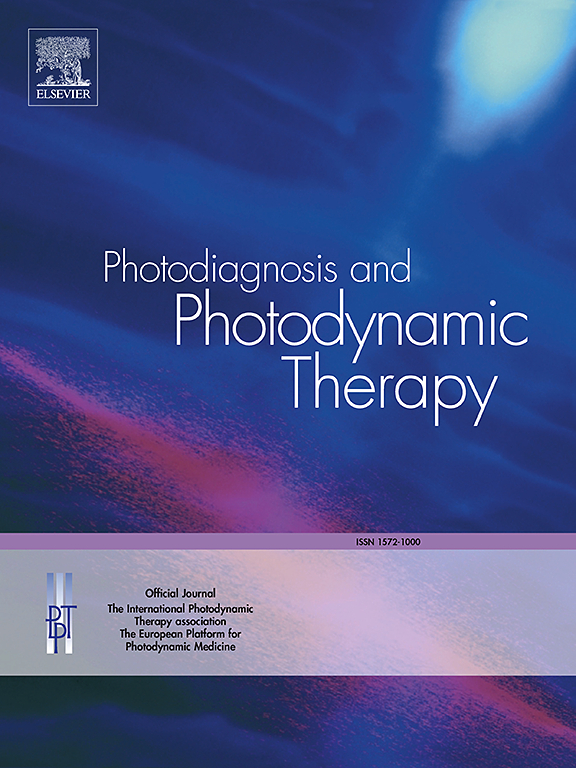Exploratory multimodal nonlinear microscopy: Coherent anti-stokes Raman scattering, second harmonic generation, and differential interference contrast for oral squamous cell carcinoma diagnosis
IF 2.6
3区 医学
Q2 ONCOLOGY
引用次数: 0
Abstract
Objective
We applied multimodal nonlinear optical microscopy and Raman Spectroscopy to rapidly image Oral Squamous Cell Carcinoma (OSCC), comparing results with Hematoxylin-Eosin (H&E) stained to explore supplementary diagnostic methods.
Study Design
With ethical approval and patient informed consent, we processed primary tumor resection tissues, preparing frozen sections. Slice 1 was stained with H&E-stained, while Slice 2 was unstained and imaged using Coherent anti-Stokes Raman Scattering (CARS), Second-Harmonic Generation (SHG), Differential Interference Contrast (DIC), and Raman spectroscopy. These were analyzed alongside H&E-stained sections to assess diagnostic capabilities.
Results
Raman spectroscopy revealed distinct differences at 646, 798, 1006, 1091, 1157, 1190, 1450, 1520, and 1660 cm-1. CARS imaging showed unique cancer nest structures, and SHG highlighted collagen fiber distribution.
Conclusions
Multimodal nonlinear imaging, combining CARS, SHG, and DIC, shows potential as a supplementary diagnostic tool for oral squamous cell carcinoma, aiding in the characterization of pathological features and providing valuable clinical diagnostic information.

探索性多模态非线性显微镜:相干抗斯托克斯拉曼散射,二次谐波产生,鉴别干涉对比口腔鳞状细胞癌的诊断。
目的:应用多模态非线性光学显微镜和拉曼光谱对口腔鳞状细胞癌(OSCC)进行快速成像,并与苏木精-伊红(H&E)染色结果进行比较,探讨补充诊断方法。研究设计:经伦理批准和患者知情同意,我们处理原发肿瘤切除组织,准备冷冻切片。切片1采用h&e染色,切片2不染色,采用相干抗斯托克斯拉曼散射(CARS)、二次谐波产生(SHG)、差分干涉对比(DIC)和拉曼光谱成像。这些与h&e染色切片一起分析,以评估诊断能力。结果:拉曼光谱在646、798、1006、1091、1157、1190、1450、1520和1660 cm-1处存在显著差异。CARS成像显示了2025年3月31日提交给Photodiagnosis和光dynamic Therapy的预印材料独特的癌巢结构,SHG突出了胶原纤维的分布。结论:结合CARS、SHG和DIC的多模态非线性成像显示出作为口腔鳞状细胞癌的辅助诊断工具的潜力,有助于病理特征的表征并提供有价值的临床诊断信息。
本文章由计算机程序翻译,如有差异,请以英文原文为准。
求助全文
约1分钟内获得全文
求助全文
来源期刊

Photodiagnosis and Photodynamic Therapy
ONCOLOGY-
CiteScore
5.80
自引率
24.20%
发文量
509
审稿时长
50 days
期刊介绍:
Photodiagnosis and Photodynamic Therapy is an international journal for the dissemination of scientific knowledge and clinical developments of Photodiagnosis and Photodynamic Therapy in all medical specialties. The journal publishes original articles, review articles, case presentations, "how-to-do-it" articles, Letters to the Editor, short communications and relevant images with short descriptions. All submitted material is subject to a strict peer-review process.
 求助内容:
求助内容: 应助结果提醒方式:
应助结果提醒方式:


